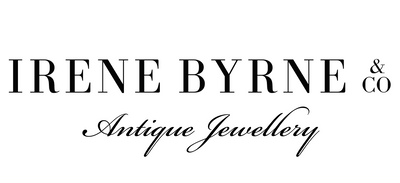Natural black pearls, known for their unique and captivating hues, played a significant role in the jewellery scene of 19th-century Vienna, Austria. During this period, pearls were highly prized for their rarity and beauty, often symbolising wealth and sophistication.
Black pearls are typically produced by certain species of oysters, primarily the black-lipped oyster. These pearls can range in colour from deep black to shades of grey, green, and blue, often exhibiting an iridescent quality that adds to their allure. The distinct colouration made them particularly sought after by jewellers and collectors, distinguishing them from the more common white pearls.
In the 19th century, Vienna was a cultural hub, where artisans and jewellers thrived, creating exquisite pieces that reflected the artistic movements of the time, including Romanticism and the early influences of Art Nouveau. Jewellers often incorporated natural black pearls into their designs, pairing them with gold and silver settings, as well as other precious stones. The contrast of black pearls against lighter metals and gemstones created striking visual effects, enhancing the overall aesthetic of the jewellery.
Jewellery pieces featuring black pearls were favoured by the affluent classes in Vienna, often worn at social gatherings and formal events. These pieces not only showcased the wearer's status but also their taste for luxury and elegance.As the demand for unique and exquisite jewellery grew, so did the appreciation for natural black pearls. They became emblematic of the refined craftsmanship and artistic expression that defined Viennese jewelry of the era. Today, these historical pieces are treasured by collectors and continue to captivate enthusiasts with their timeless beauty and rich history.
LEARN MORE ABOUT ANTON DEUTSCH

